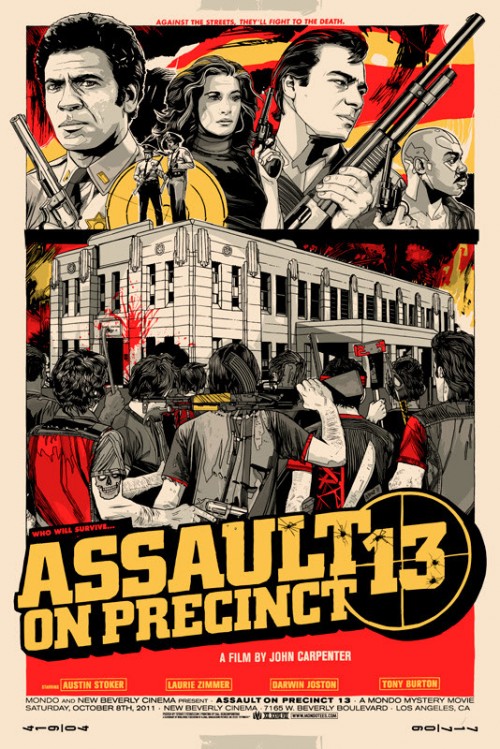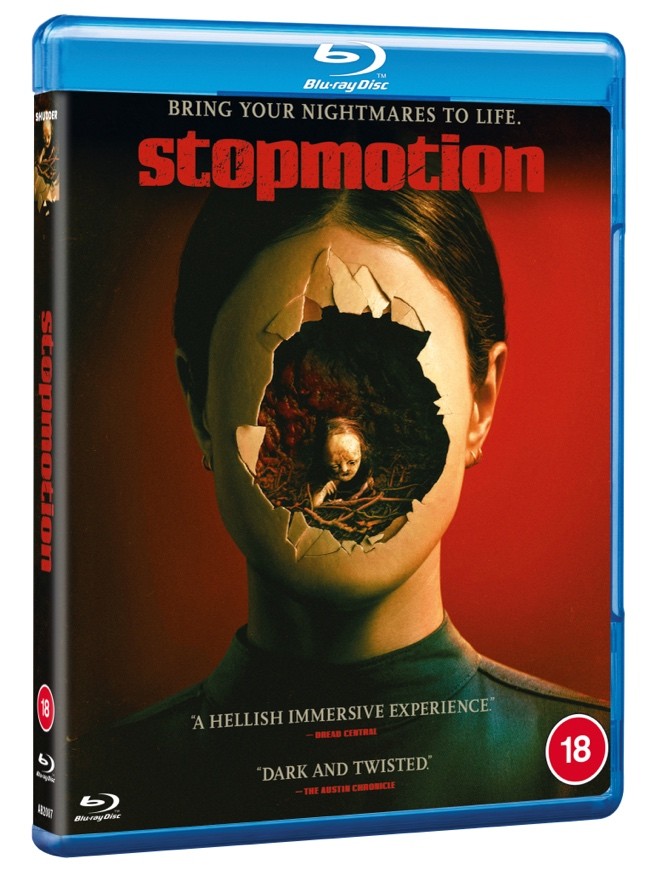Past the Gore: Exploring the Subgenre of Excessive Exploitation Cinema
Associated Articles: Past the Gore: Exploring the Subgenre of Excessive Exploitation Cinema
Introduction
With enthusiasm, let’s navigate via the intriguing matter associated to Past the Gore: Exploring the Subgenre of Excessive Exploitation Cinema. Let’s weave fascinating data and provide contemporary views to the readers.
Desk of Content material
Past the Gore: Exploring the Subgenre of Excessive Exploitation Cinema

Cannibal Holocaust, Ruggero Deodato’s notorious 1980 movie, stays a lightning rod of controversy. Its graphic violence, purported use of actual animal cruelty, and alleged exploitation of its actors have cemented its place in cinematic historical past, not for its creative benefit, however for its sheer transgressive nature. Whereas the movie itself is undeniably excessive, it sits inside a broader subgenre of exploitation cinema that pushes boundaries and sometimes blurs the traces between fiction and actuality. This text will delve into the traits of this subgenre, exploring movies that share similarities with Cannibal Holocaust, analyzing their impression, and contemplating the moral implications of their creation and consumption.
The movies that fall underneath this umbrella – usually termed "excessive exploitation," "mondo cane," or "shockumentary" – share a number of key components. Firstly, they usually make use of a found-footage or mockumentary fashion, creating a way of verisimilitude that enhances the impression of the onscreen violence and exploitation. This system, pioneered in movies like Mondo Cane (1962), lends a veneer of authenticity, blurring the traces between fiction and actuality and making the horrific occasions depicted appear all of the extra disturbing. Cannibal Holocaust masterfully employs this method, presenting itself as recovered footage from a lacking movie crew, thereby including a layer of unsettling believability.
Secondly, these movies steadily give attention to themes of cultural otherness and the exploitation of marginalized teams. Cannibal Holocaust, for instance, makes use of the trope of the "savage cannibal" to generate worry and revulsion within the viewers. Nevertheless, the movie’s depiction of indigenous peoples is problematic, perpetuating dangerous stereotypes and contributing to a colonialist gaze. This reliance on worry of the "different" is a standard thread in lots of excessive exploitation movies, usually utilizing racial or cultural distinction as a justification for excessive violence and exploitation.
Thirdly, these movies are characterised by their graphic depictions of violence, usually involving torture, homicide, and sexual assault. The extent of explicitness varies, however the intention is all the time to shock and disturb the viewer. The graphic nature of those movies just isn’t merely gratuitous; it is a deliberate alternative designed to impress a visceral response and problem the viewer’s consolation zone. In Cannibal Holocaust, this graphic violence is integral to the movie’s narrative and contributes to its general sense of dread and unease. Nevertheless, the moral implications of such depictions stay a topic of intense debate.
A number of movies share thematic and stylistic similarities with Cannibal Holocaust. August Underground’s Mordum (2003) and its sequels, for example, are infamous for his or her excessive graphic violence and disturbing depictions of torture and homicide. These movies, not like Cannibal Holocaust’s pseudo-documentary method, are introduced as fictional narratives, however their relentless brutality and give attention to graphic element place them firmly inside the identical subgenre. Equally, Guinea Pig (a sequence of Japanese movies from the Nineteen Eighties) pushed the boundaries of onscreen violence, resulting in widespread controversy and accusations of real violence being depicted. The paradox surrounding the movies’ manufacturing solely added to their notoriety and cemented their place within the annals of maximum cinema.
Past the specific violence, these movies usually discover themes of exploitation and energy dynamics. The ability imbalance between the filmmakers and their topics, significantly in movies using non-professional actors, is a important concern. The accusations of actual violence and exploitation levelled towards Cannibal Holocaust spotlight the moral dilemmas inherent within the creation of such movies. The potential for abuse and the exploitation of weak people are critical issues that can not be ignored when analyzing this subgenre.
One other essential side is the position of the viewers. These movies aren’t made for passive consumption; they demand a response, usually a visceral one. The viewers is pressured to confront uncomfortable truths and confront their very own reactions to violence and exploitation. This engagement, nonetheless, just isn’t with out its complexities. The road between important engagement and desensitization is a fantastic one, and the potential for these movies to normalize and even glorify violence is a legitimate concern.
The controversy surrounding the creative benefit of those movies is ongoing. Whereas some argue that their excessive nature serves a function – maybe to reveal the darkish facet of human nature or to critique societal norms – others condemn them as nothing greater than gratuitous shows of violence designed solely to shock and revenue. The shortage of narrative depth or compelling character growth in lots of of those movies additional fuels this debate. The main focus is commonly on the visceral impression reasonably than nuanced storytelling, leaving many viewers questioning the general creative worth.
The legacy of movies like Cannibal Holocaust is complicated and multifaceted. They’ve undoubtedly left an indelible mark on cinematic historical past, influencing subsequent horror movies and pushing the boundaries of what’s thought-about acceptable onscreen. Nevertheless, this affect comes at a price. The moral implications of their creation and consumption can’t be ignored, and the potential for hurt, each to the people concerned of their manufacturing and to the viewers who devour them, stays a big concern.
Shifting ahead, it’s essential to interact with these movies critically and responsibly. We should acknowledge their problematic facets, significantly their potential for exploitation and the perpetuation of dangerous stereotypes. Understanding the historic context and the societal forces that formed these movies is important for a nuanced evaluation. Furthermore, it’s vital to think about the moral implications of their creation and consumption, guaranteeing that the pursuit of creative expression doesn’t come on the expense of human dignity and well-being. The movies inside this excessive subgenre function a stark reminder of the ability and accountability that comes with filmmaking, and the continued want for important engagement with the moral and social implications of cinematic illustration. The dialog surrounding these movies should proceed, guaranteeing that we be taught from their previous and try for a extra moral and accountable future in filmmaking.








Closure
Thus, we hope this text has offered beneficial insights into Past the Gore: Exploring the Subgenre of Excessive Exploitation Cinema. We hope you discover this text informative and useful. See you in our subsequent article!